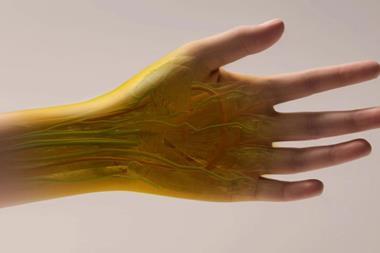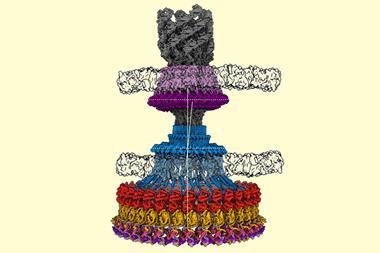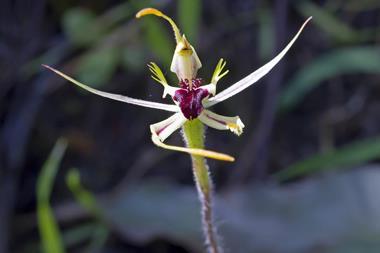Ants can distinguish between very subtle differences in hydrocarbons, including enantiomers, researchers in the US have found. The finding helps to explain how ants navigate the complex social system found in their nests.
Large colonies of social insects like ants generally communicate via chemical messengers called pheromones. This allows them to distinguish between the different social classes, like worker ants or queens, as well as whether an ant is an intruder or a nest-mate. In ants, the pheromones mainly consist of hydrocarbons found on their cuticles. However, ants’ detection of pheromones and their sensitivity have so far been poorly understood. Now a team of researchers led by University of California, Riverside, has found that ant antennae work like precise hydrocarbon detectors, which enables different behavioural responses to very similar hydrocarbons.
The scientists showed that the ants are able to distinguish between chemicals by making them associate a specific compound with a sugar reward. (In the above video the ant has come to associate the hydrocarbon in the blue ring with a sugar reward, while the closely related hydrocarbon in the red ring is of no interest to the insect.) The results showed that ants can detect very small differences between hydrocarbons, such as one 25 carbons long versus one that was 27.They also respond differently to both enantiomers of a queen’s pheromones.






















No comments yet